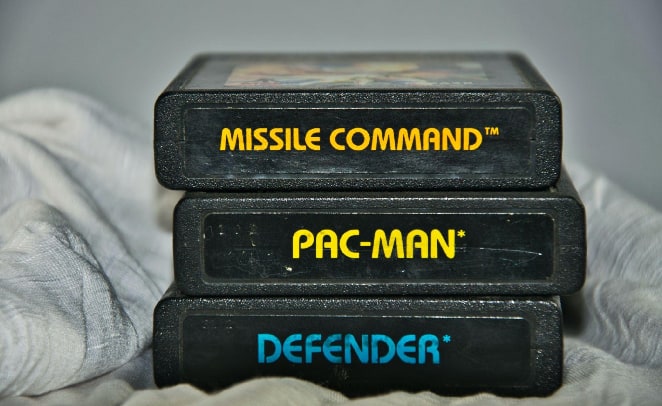
In the world of video games, nostalgia is a powerful force. Gamers who grew up in the 80s and 90s have fond memories of classic video games that shaped their childhoods. As time passes, technology advances, but the love for those classic titles remains the same. One growing trend that keeps these memories alive is reverse engineering—unraveling the inner workings of video games to recreate, enhance, or learn from them.
Today, we delve into the art of reverse engineering classic video games to see how it provides a unique lens through which to appreciate and expand on these digital artifacts.
1. Understanding The Basics
Before we embark on this journey, it’s crucial to understand what reverse engineering entails. Essentially, video game reverse engineering involves dissecting a game to analyze its components and learn how they interact. By reverse engineering a game, developers can improve its existing features, add new ones, or even debug issues that were present in the original.
This practice is also educational as it helps us appreciate the sophistication and ingenuity that went into creating these classics. Video game reverse engineering has become an essential tool for preservation, study, and extension of vintage games.
2. Tools Of The Trade
To begin the process, specialized software is needed. These tools can decompile a game’s source code, extract assets like graphics and sound, and even emulate the game on modern hardware.
By using a range of such utilities, one can delve into the game’s DNA and work with its original elements, laying the foundation for improvements or adaptations. Various forums and online communities offer tips and tools, making this a collaborative endeavor.
3. Debugging And Enhancing
Once the game is decompiled, and the assets are extracted, the real work begins. By analyzing the game’s original code, skilled engineers can identify bugs that may have gone unnoticed or were never resolved in the first place.
Debugging is an integral aspect of this process, leading to a more polished experience. Similarly, enhancements can be made, like improved graphics, added features, or expanded gameplay.
4. Localization And Adaptation
Another fascinating application of reverse engineering in classic video games is localization. Many older games were developed with only specific geographic regions in mind.
By reverse engineering, these games can be adapted and translated, offering an opportunity for a whole new audience to enjoy them. This not only preserves the game but also enriches global gaming culture.
5. Ethical Considerations
It’s crucial to note that reverse engineering can tread into murky legal waters. Intellectual property laws protect many of these classic titles, so any reverse-engineering efforts must be done responsibly.
Usually, these projects are fueled by the community’s passion and are not-for-profit initiatives aimed at preservation rather than commercial gain. Nevertheless, one should always consult legal advice and respect the original creators rights.
6. Community And Collaboration
One of the most rewarding aspects of reverse engineering classic video games is the community that forms around it. Online forums and social media platforms are teeming with enthusiasts who share a love for these old gems.
Collaborative efforts often emerge, with individuals specializing in different facets of reverse engineering—be it coding, graphics, sound, or testing. These collective projects often produce results that a single individual could not achieve, further emphasizing the role of community in preserving and enriching the heritage of classic gaming.
Conclusion
The art of reverse engineering classic video games offers a unique blend of nostalgia, technical challenge, and community spirit. It allows enthusiasts and skilled engineers to dive deep into the inner workings of their favorite titles, revealing intricate details and forgotten bugs. While doing so, they also create an opportunity for improvement, adaptation, and ultimately, preservation of these digital masterpieces.



